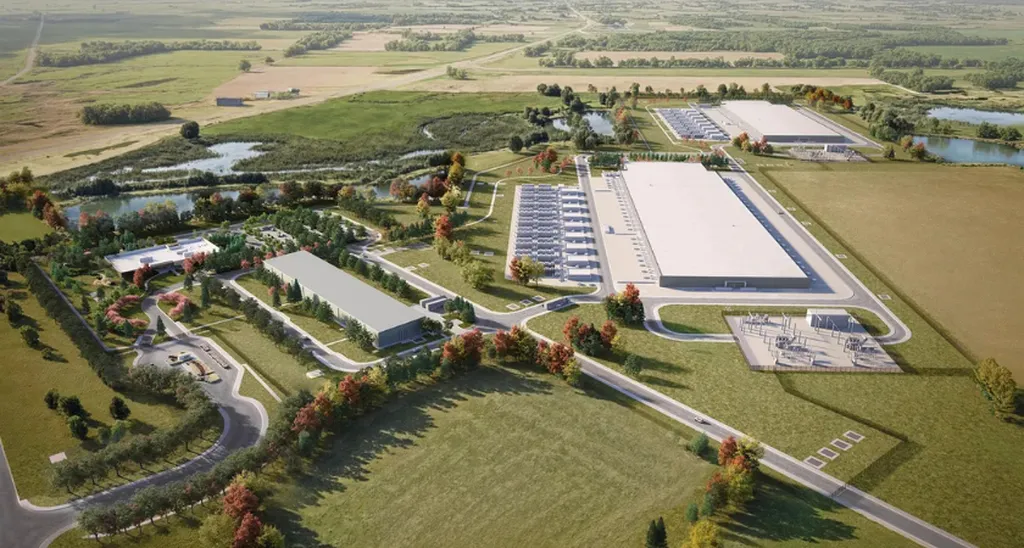Meta’s $1 billion investment in a new 700,000-square-foot data center in Beaver Dam, Wisconsin, is more than just another construction project—it’s a bold statement about the future of technology, sustainability, and regional economic development. By selecting Minneapolis-based Mortenson as its general contractor, Meta is signaling a commitment to cutting-edge construction methods and environmental stewardship that could reshape industry norms.
At the heart of this project is a push for digital innovation. Mortenson plans to leverage an array of advanced technologies, including Building Information Modeling (BIM) coordination, live digital underground utility mapping, drone data capture, and robotic automated layout. Perhaps most notably, the team will use Meta Quest VR tools to allow stakeholders to preview and review the facility in virtual reality. “This is about more than efficiency,” says Steve Knighton, vice president and general manager for Mortenson’s data center operations. “It’s about delivering a project that meets the demands of today’s AI-driven world while setting a new standard for construction.”
The emphasis on high-tech building methods reflects the accelerating pressure for more complex data center delivery. As companies like Meta compete to support growing AI and streaming demand, the construction industry is being forced to adapt. The Beaver Dam project is a test case for how digital tools can streamline workflows, reduce errors, and enhance collaboration across teams.
But technology alone isn’t enough. Meta is also making a significant commitment to sustainability. The campus will use dry-cooling systems, eliminating water demand for cooling once operations begin. To address community concerns, Meta has pledged to restore 100% of the water consumed by the data center to local watersheds—a promise that could set a precedent for future projects in water-scarce regions. The company will also restore 570 acres of wetlands and prairie around the development site, demonstrating a willingness to go beyond mere compliance with environmental regulations.
This focus on water and environmental strategy is particularly relevant as digital infrastructure faces increasing scrutiny. In states like Arizona and California, water consumption by data centers has become a contentious issue. Meta’s design choices suggest a growing recognition that environmentally conscious facility planning is not just good for the planet—it’s essential for maintaining social license to operate.
Beyond the data center itself, Meta plans to invest nearly $200 million in energy infrastructure, covering new utility substations, power upgrades, and grid support. This aligns with broader industry trends, as data center development drives a surge in power station construction. According to an Associated Builders and Contractors survey, about one in seven contractors now holds data center work, with firms specializing in these projects carrying significantly higher backlogs than those without such contracts.
The Beaver Dam facility is expected to be completed in 2027, placing it squarely in a period of intense AI investment. As global tech firms race to expand data storage, cloud services, and sustainable digital infrastructure, projects like this one demonstrate that AI demands are not just technological requirements—they are regional economic drivers capable of shaping power systems, water policy, and construction employment.
For the construction industry, this project is a wake-up call. The intersection of sustainability and technology is no longer a niche concern—it’s a necessity. As companies like Meta push the boundaries of what’s possible, contractors must adapt or risk being left behind. The Beaver Dam data center is more than a building; it’s a blueprint for the future of construction.

